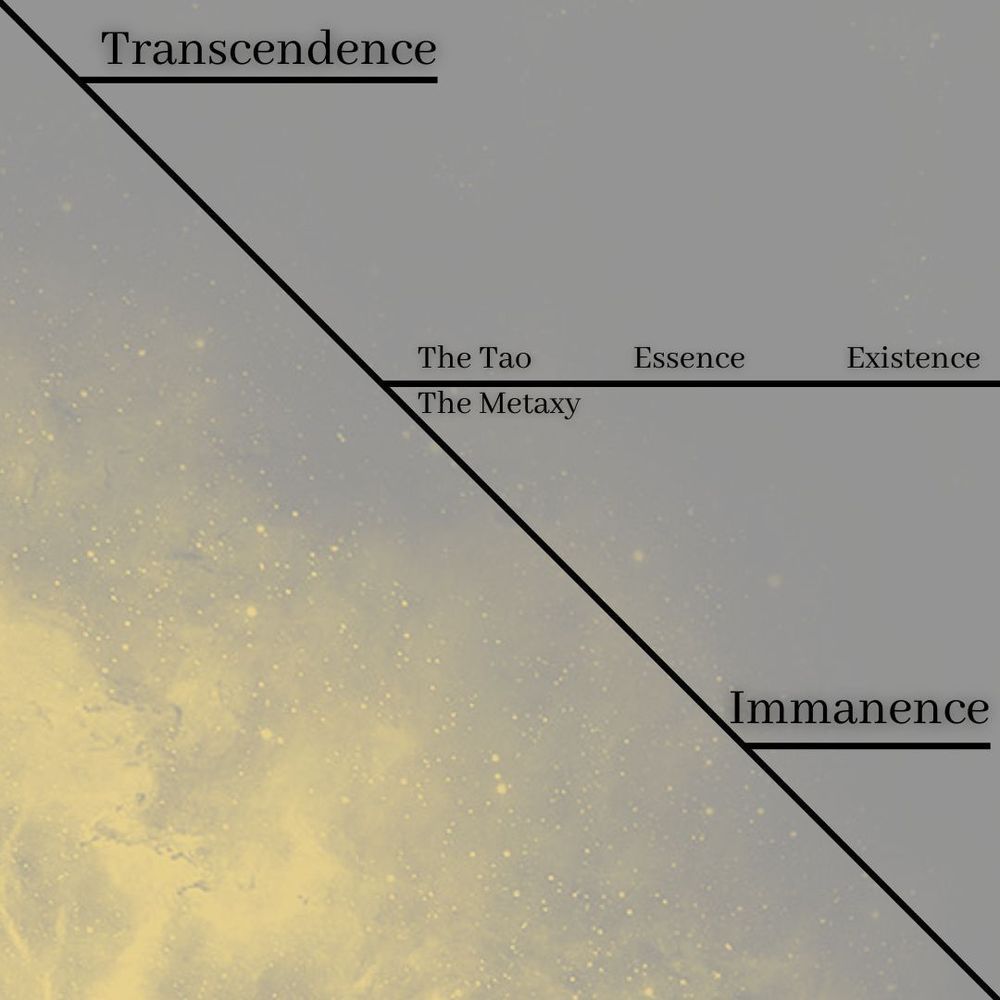Carlos Eire, They Flew: A History of the Impossible (New Haven, CT: Yale University Press, 2023). xviii + 492 pp. $35.00 cloth.
In a few graduate seminars I’ve taught, I have assigned a debate between two contemporary historians over how the historical profession should treat accounts of the miraculous. As a test case, the two historians in the debate – Brad Gregory and Tor Forland – looked at a seventeenth-century account describing what is purported to be a miraculous growth of plants whose fortuitous timing saved a small group from starvation.
Gregory argued that it’s not necessarily historians’ job to provide alternative non-supernatural explanations for phenomena that their sources attribute to the supernatural. If a primary source says that a plant sprouted miraculously overnight, historians can report what the sources said and readers can then draw their own conclusions, unencumbered by the historian’s own pro- or anti-supernaturalistic bias.
Forland, on the other hand, argued that historians do have a job to provide rational, scientific explanations for such phenomena, since historical accounts cannot present miraculous claims as credible explanations for past events. Miracles are not compatible with modern science, he seemed to think. There has to be a scientific explanation for everything, and it’s historians’ job to find it.
I thought of Forland as I read Carlos Eire’s They Flew: A History of the Impossible and wondered what he would make of the phenomena that Eire described. If Forland was bothered by Gregory’s willingness to let the purported miraculous growth of a few small plants go unquestioned, what would he think about Eire’s accounts of early modern saints miraculously levitating and flying through the air across great distances?
As the subtitle of Eire’s book suggests, his book is a history of phenomena that we “know” are impossible – especially unaided human levitation in sixteenth and seventeenth-century Europe. Contemporaries of the time were not quite sure what to make of these human flights either, which makes them all the more interesting from a historical perspective.
In an early modern European society on the cusp of the scientific revolution, there were plenty of skeptics who wanted to see such miracles with their own eyes before they would believe – and they did. Some of the human flights were conducted outdoors in front of numerous witnesses, a phenomenon that Eire says was probably impossible to fake with any of the technology available at the time.
What’s more, many of the levitators claimed that they went to great lengths to try to avoid levitating and did so only because God compelled them – a claim that made sense at a time when levitation would likely attract a charge of witchcraft, which was a capital offense.
And yet, Eire said, “they flew.” Somehow historians have to reckon with these claims, regardless of their own presuppositions about what is possible. Eire refuses to provide alternative explanations of what “really” happened, because, as he suggests, there are no credible alternative explanations available. And as it turns out, in the early modern era Catholics and Protestants disagreed about what “really” happened anyway.
Read the rest












